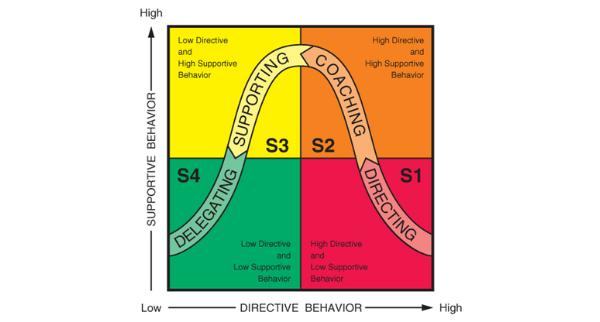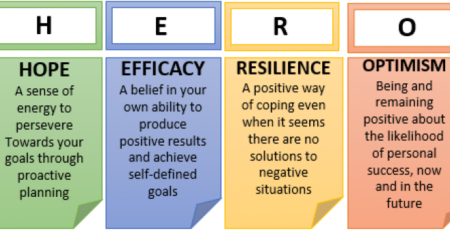The Situational Leadership Model
Back in 2007, in my first large project in Australia, I was assigned to lead the business intelligence component of a complex multi-million project for a high profile client. It was a pioneer SAP implementation in Asia Pacific and we had SME’s joining us from our Canadian firm which had successfully implemented a similar solution previously. I was up for promotion in that year so stakes were high. After doing a good job in the project discovery phase I was given a small yet diverse team to manage from a cultural, gender, age and experience level perspective. It was a good challenge, and yes I was promoted! Now, looking back I can see I intuitively tried to apply the situational leadership model, to which I was only introduced to years later. I wish somebody would have told me about it back then!
The Situational Leadership Model says that effective leaders should tailor their approach and leadership style according to their team members individual needs, not their own preferred leadership style. Outstanding leaders are expected to get to know their people, analyze their needs and adapt their own style accordingly.
The 4 leadership styles introduced by the Situational Leadership Theory (SLT) are:
- S1 | Directing (aka telling)
- S2 | Coaching (aka selling)
- S3 | Supporting (aka participating)
- S4 | Delegating
A key concept of SLT is the follower (employee) maturity or readiness level of the individual being led. The readiness is made up by 2 variables:
- Competence (or ability)
- Confidence (or willingness)
According to individual readiness level a correspondent leadership style should be adopted for better results. The 4 readiness levels are:
- D1 | Group members lack the knowledge, skills, and willingness to complete the task.
- D2 | Group members are willing and enthusiastic, but lack the ability.
- D3 | Group members have the skills and capability to complete the task, but are unwilling to take responsibility.
- D4 | Group members are highly skilled and willing to complete the task.
For example a junior team member who has low experience and confidence in performing the role will require crystal clear direction (S1) while a highly competent and confident individual should be comfortable and pleased to have a leader adopting the delegating leadership style (S4).
Of course there is no perfect theory and in fact, after giving birth to SLT, Paul Hersey and Ken Blanchard have split to create their own variations of the model. However I still find this is a valid framework to contemplate and keep mind, especially for new managers.
To learn more visit:
- https://www.verywellmind.com/what-is-the-situational-theory-of-leadership-2795321
- https://medium.com/@santanubhattacherjee/my-take-on-situational-leadership-bee7bc439ab1
- https://www.toolshero.com/leadership/situational-leadership-hersey-blanchard/
- https://situational.com/blog/the-four-leadership-styles-of-situational-leadership/
- https://resources.kenblanchard.com/blanchard-leaderchat/a-situational-approach-to-effective-leadership













Leave a Reply